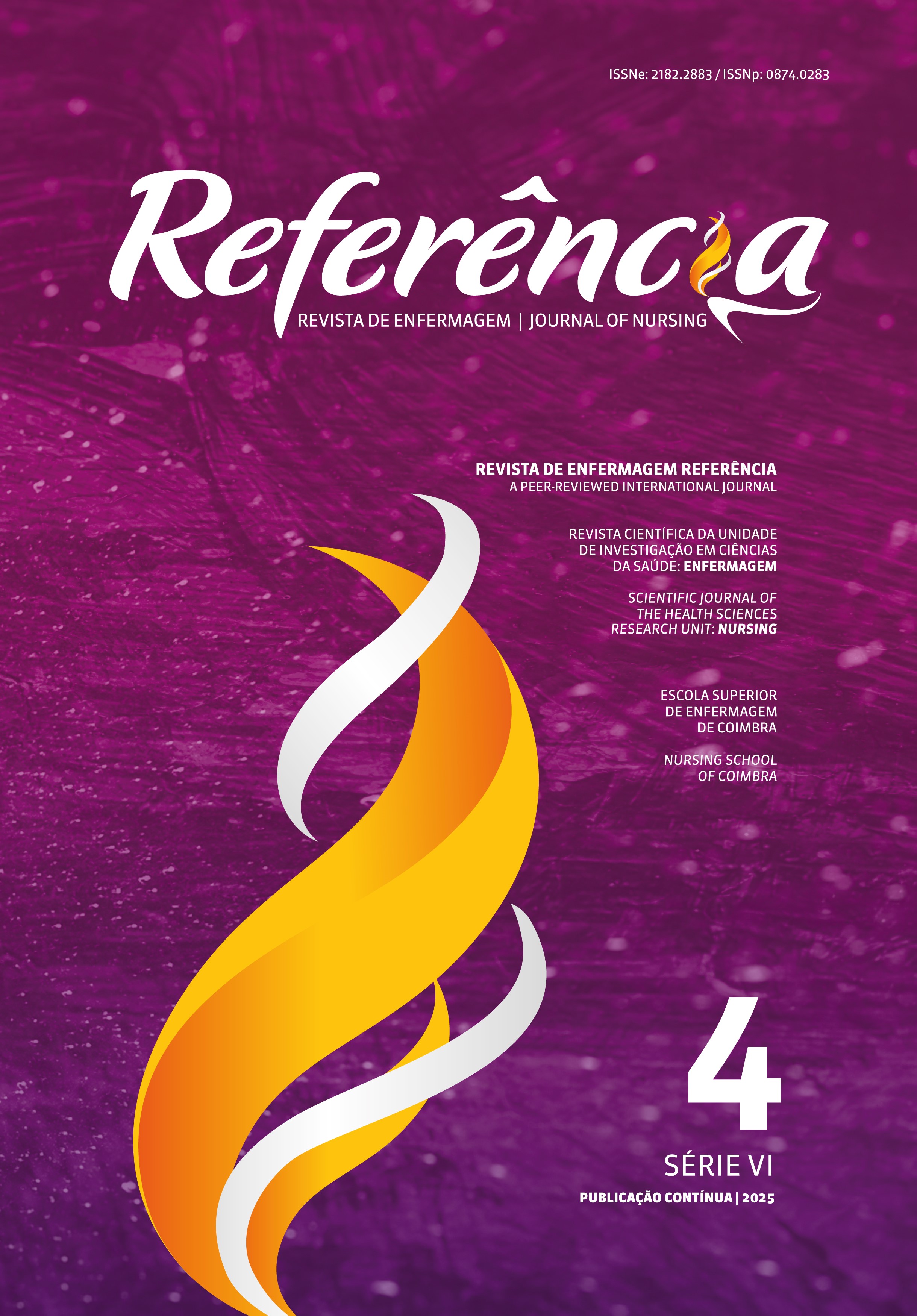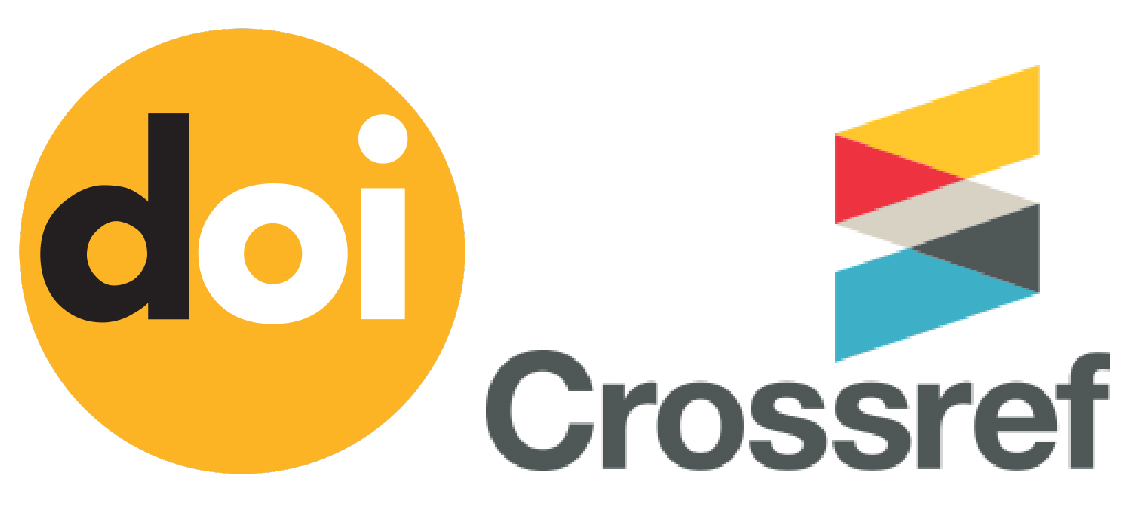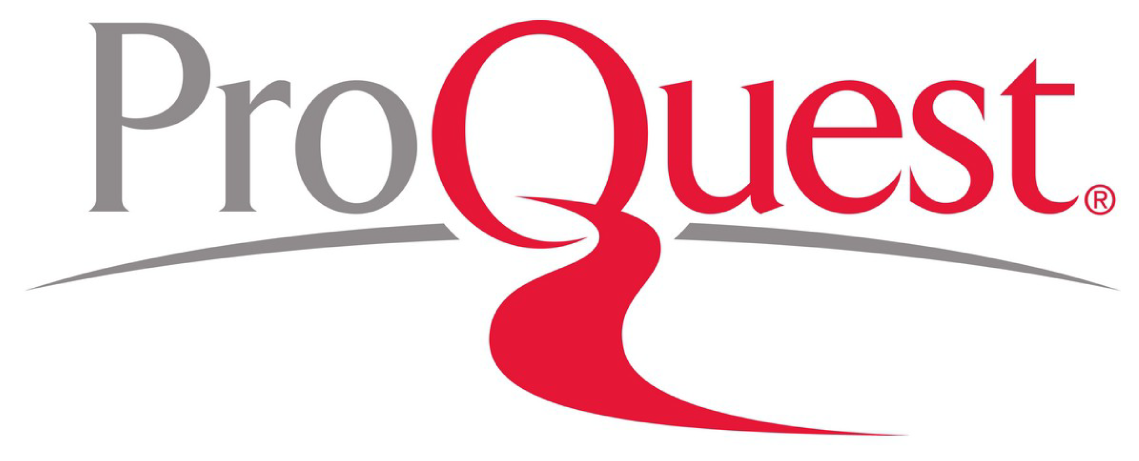Editorial Policies
Journal of Nursing Referência
Mission and Context
The Journal of Nursing Referência (RER) is a peer-reviewed scientific journal published by the Health Sciences Research Unit: Nursing (UICISA: E). The UICISA: E is hosted by the Nursing School of Coimbra (ESEnfC) and assessed and funded by the Portuguese Foundation for Science and Technology (FCT). RER is indexed in several highly relevant national and international databases and networks, such as: Scopus, SciELO Portugal, DOAJ, CINAHL via EBSCOHost, RCAAP, Latindex, Redalyc, ProQuest, … .
RER targets students, researchers, nurses, and other Health and Education professionals, and its mission is to disseminate the scientific knowledge produced in Health and Education Sciences, with an impact on health gains and the scientific development of nursing. All RER’s articles must have scientific depth, originality, and national and international relevance for the scientific advancement of the issue under study.
RER publishes original research articles, systematic and scoping review articles, historical research articles, and theoretical articles/essays. It also publishes editorials with relevant and updated scientific content in Health and Education Sciences.
RER is a Portuguese scientific journal of international distribution with continuous (rolling pass) and bilingual publication. It accepts the submission of articles in Portuguese, Spanish, and English, and all articles have an English version. Also, all articles’ metadata (title, abstract, and keywords) are published in these three languages.
RER follows open-access policies in alignment with the Open Science approach. All RER’s articles are published in open access, under the terms of the Creative Commons 4.0 Attribution License CC-BY - gold open access, without embargo. The full texts of all RER’s articles are made available free of charge.
RER follows the standards of the American Psychological Association (APA; 7th Edition, 2020) and recommends that authors consult the EQUATOR (Enhancing the QUAlity and Transparency Of health Research) Network guidelines in advance when preparing their research studies (as specified in section 2. Publication Guidelines).
RER provides the templates for the Manuscript (Article) NEW!, Title Page NEW!, Authorship Responsibility Statement NEW!, and Cover Letter NEW! to support the authors in the submission process and help validate the different components of their manuscripts. Critical Analysis Topics for original research articles NEW!, systematic review NEW! and scoping review articles NEW!, historical research articles NEW!, and theoretical articles/essays NEW! are also provided.
The assessment of all manuscripts (articles) submitted to RER is done using the double-blind peer-reviewing process, maintaining the anonymity of authors and reviewers. The Editor-in-Chief conducts the editorial process, which includes the following 10 phases from submission to dissemination: Pre-Analysis; Checklist; Peer Review; Article Management; Technical and Documental Treatment; Final Revision; Translation; Layout and DOI allocation; HTML; and Online Dissemination. In the Pre-Analysis phase, the manuscript (article) is analyzed by a Pre-Analysis Reviewer, who makes a first assessment, which will be reviewed by the Editor-in-Chief, who will decide whether to approve or reject it. Once approved, the Editor-in-Chief sends the article to the Peer Reviewers (2 reviewers). Based on the opinions expressed, the Editor-in-Chief decides on its acceptance, reformulation, or rejection. The revisions are sent to the authors for reformulation if applicable. The Editor-in-Chief sends the manuscript (article), reformulated by the authors and with all changes marked in color, to a Scientific Editor of the RER’s Editorial Board, designated as the Article Manager. The Article Manager analyzes the original manuscript, the reformulated manuscript, and the reviewers’ opinions. The Article Manager verifies whether the authors have responded to the reviewers’ suggestions and issues an opinion to the Editor-in-Chief. Based on this opinion, the Editor-in-Chief decides whether to approve or reject the manuscript (article).
The managers and reviewers use a systematic assessment framework designed for this purpose based on the Critical Analysis Topics made available to the authors. RER’s editorial process is fully automated and managed on an online platform to achieve effective and transparent control, regulation, and evaluation of the management process of authors, reviewers, and articles. From 2014 to 2022, RER’s editorial process was managed using the journal’s online platform. On 1st January 2023, RER’s editorial process transitioned to the Open Journal Systems (OJS) platform. The transition to the OJS platform was decisive in advancing the interoperability between various systems.
Guiding Principles
- Ethics
As RER’s publisher, UICISA: E supervises all phases of the editorial process with the utmost seriousness and recognizes its ethical and other responsibilities.
RER’s editorial activity complies with: the Recommendations for the Conduct, Reporting, Editing, and Publication of Scholarly Work in Medical Journals, do International Committee of Medical Journal Editors (ICMJE); the Principles of Transparency and Best Practice in Scholarly Publishing (Committee on Publication Ethics [COPE], Directory of Open Access Journals [DOAJ], Open Access Scholarly Publishers Association [OASPA] and World Association of Medical Editors [WAME]); and the Core Practices of COPE.
Articles with political profiles, biased or providing incorrect assessments of other scientific papers and experts are not accepted for publication. RER applies the double-blind peer-reviewing process, and reviewers are required to have high academic qualifications and practical experience in nursing and other areas such as Health and Education. RER’s priority is to publish scientifically innovative articles relevant to nursing and other areas such as Health and Education. Experimental and applied research and evidence-based practices are also valued.
- RER’s publishing ethics guidelines
Publishing articles in a peer-reviewed journal is essential for developing a coherent and respected knowledge network. It directly reflects the quality of the authors’ work and the institutions that support them. Peer-reviewed articles support and embody the scientific method. The UICISA: E Development Strategic Axis for the Edition and Dissemination of Scientific Knowledge organizes annual scientific meetings to discuss the scientific publishing process to respond to the challenges of efficient, transparent, reliable, and reproducible science. These initiatives have contributed to the discussion and consensus-building of ethical principles inherent to the editorial process and all stakeholders involved: authors, editors-in-chief, reviewers, publishers, and societies.
- Proteção dos Participantes da Investigação e Consentimento Informado
Authors must follow the ICMJE policies for the protection of research participants, as well as the Code of Ethics of the World Medical Association for medical research on human beings (Declaration of Helsinki) and research on health databases, big data and biobanks (Declaration of Taipei).
Authors reporting research involving human data must indicate whether an institutional and national ethics committee reviewed the procedures followed. Submitting the ethics committee’s opinion is a prerequisite for the article’s entry into the editorial workflow.
Patients have a right to privacy that must not be violated without informed consent. Identifying information, including names, initials, or hospital numbers, must not be published in written descriptions, photographs, or pedigrees unless the information is essential for scientific purposes and the patient (or parent or guardian) gives written informed consent for publication. Informed consent for this purpose requires that an identifiable patient be shown the manuscript to be published. Authors must disclose to these patients whether any potentially identifiable material might be available online or in print after publication.
Nonessential identifying details should be omitted. Informed consent must be obtained if there is doubt that anonymity can be maintained. For example, masking the eye region in photographs of patients is inadequate protection of anonymity. Authors should provide assurance if identifying characteristics are de-identified, and editors should note that such changes do not distort scientific meaning.
- Animal Rights Policies
The Consensus Author Guidelines on Animal Ethics and Welfare for Editors of the International Association of Veterinary Editors are followed whenever appropriate.
Articles will be considered for publication only if the work detailed: follows international, national, and/or institutional guidelines for humane animal treatment and complies with relevant legislation; has been approved by the ethics review committee at the institution or practice where the studies were conducted provided that such a committee exists; and, for studies using client-owned animals, demonstrates a high standard (best practice) of veterinary care and involves informed client consent.
- Clinical Trial Registration Policy
RER follows the clinical trial policies of the World Health Organization (WHO) and the ICMJE. Authors of clinical trial articles should preferably follow the registration procedure available at http://www.who.int/ictrp/en/. The WHO’s definition of “clinical trial,” available at http://www.who.int/ictrp/en/, is used in this context as follows: “a clinical trial is any research study that prospectively assigns human participants or groups of humans to one or more health-related interventions to evaluate the effects on health outcomes. Clinical trials may also be referred to as interventional trials. Interventions include but are not restricted to drugs, cells, and other biological products, surgical procedures, radiologic procedures, devices, behavioral treatments, process-of-care changes, preventive care, etc. This definition includes Phase I to Phase IV trials.” If the article is a clinical trial, the clinical trial’s name, registration number, and the link where the registration was performed must be included.
- Authors’ responsibilities
Authors must ensure their manuscripts are honest, transparent, accurate, complete, and balanced and avoid misleading, selective, or ambiguous reporting. Regarding authors’ responsibilities, RER has adopted the position statement Responsible Research Publication: International Standards for Authors developed at the 2nd World Conference on Scientific Integrity, held in Singapore, 22-24 July 2010. These guidelines are available at https://publicationethics.org/files/International%20standards_authors_for%20website_11_Nov_2011_1.pdf.
- The Editor-in-Chief’s responsibilities
Editors-in-Chief should regard themselves as part of the wider professional editorial community, keep themselves informed of relevant policies and developments, ensure their editorial staff is trained and informed of relevant issues, and promote training seminars and events in the area. Considering the Editor-in-Chief’s responsibilities, RER has adopted the position statement Responsible Research Publication: International Standards for Authors developed at the 2nd World Conference on Scientific Integrity, held in Singapore, 22-24 July 2010. These guidelines are available at https://publicationethics.org/files/International%20standard_editors_for%20website_11_Nov_2011_0.pdf.
- Peer-reviewers’ responsibilities
Reviewers play a central and fundamental role in the peer-reviewing process, following the principles of integrity advocated by the RER. The process depends to a large extent on established trust and requires all involved to act responsibly and ethically. Users can register at RER as authors (they can submit their manuscripts to the journal) and/or reviewers (be available to review submitted manuscripts). Preferential criteria for acceptance as reviewers are to hold a doctoral degree and a high profile of peer reviewing competency. Only after reviewing at least two articles will the Editor decide on his acceptance and change the reviewers’ status from transitional to definitive.
Regarding the reviewers’ responsibilities, RER follows the Ethical Guidelines for Peer Reviewers from COPE. The reviewer must accept and complete the revisions within the defined time limit or justify the impossibility of reviewing when receiving the manuscript. If a reviewer does not respond within the established maximum review time (15 days), the Editor will send the manuscript to a new reviewer. Reviewers who fail to review two manuscripts within the recommended time and without justification indicate to the Editor that they intend to be removed from the peer-reviewing body. The reviewer should maintain a high profile of peer reviewing competency by analyzing the manuscripts in-depth and using the evaluation framework correctly.
- Statement of Good Publishing Practices
Academic misconduct (plagiarism, fraud, violation of intellectual property rights, etc.) in any form will not be tolerated by RER. In cases of suspected misconduct, a panel will be formed to assess the content of the complaint. If the complaint is based on evidence, the RER will reject the article, and all authors and their institutions will be informed. If the article is published before the misconduct is identified, the authors or the RER’s editorial board will issue a public retraction. Cases of misconduct may result in three years or more of suspension from manuscript submission to RER. All appeals to the panel’s decisions must be submitted to the Editor-in-Chief within 30 days of the decision date.
- Privacy Statement
The names and e-mail addresses provided to RER are used exclusively for the purposes stated. They are not made available for any other purpose or to any other entity in accordance with the Regulamento Geral de Proteção de Dados (RGPD - General Data Protection Regulation).
- Plagiarism Statement
Submitting an article implies that the work described has not been previously published (except in the form of an abstract or thesis/dissertation) or is not in the process of submission to another journal. RER uses the iThenticate plagiarism detection software. By submitting their manuscripts to the journal, authors accept that these will be assessed using this plagiarism checker. Respect for intellectual property rights is a founding principle of the RER’s Code of Ethics. Whether intentional or not, plagiarism is a severe violation, described as copying ideas, texts, data, and other creative works (e.g., tables, figures, and graphs) and presenting them as original research without proper citation. Self-plagiarism is a related issue, defined as the verbatim or quasi-verbatim reuse of significant portions of one’s copyrighted work without citing the source. Note that self-plagiarism does not apply to publications based on the author’s previous copyrighted work (e.g., integrated into conference proceedings) where there is an explicit reference to the previous publication. This type of reuse does not require quotation marks to delimit the reused text but requires the source to be cited.
Plagiarism occurs when an article reproduces another work with at least 20% similarity and without citation. Authors can defend their articles when faced with evidence of plagiarism (before or after acceptance or after the article is published). If the arguments are unsatisfactory, the article will be retracted. The author will be sanctioned with the prohibition of publishing articles in RER for a period defined by the Editor-in-Chief.
- Creative Commons License Statement
All articles are published on RER under the terms of the Creative Commons CC-BY - Attribution 4.0 International License. It allows others to share (copy and redistribute the material in any medium or format) and adapt (remix, transform, and build upon the material for any purpose, even commercially), provided that appropriate credit is given to RER.
- Copyright Statement
When submitting the manuscript (article), an Authorship Responsibility Statement NEW!, signed by all authors, must be presented. This statement must include all authors’ contributions to the article according to the CRediT - Contributor Roles Taxonomy, available at https://credit.niso.org/, as presented in Table 1.
Table 1
CRediT - Contributor Roles Taxonomy

Source: https://credit.niso.org/
By signing the Authorship Responsibility Statement, the authors confirm that: the manuscript submitted to RER is original and is not published or under consideration, in whole or in parts by another journal, proceedings book or book chapter; they are aware that RER publishes all its articles under the terms of the Creative Commons CC-BY - Attribution 4. 0 International License, which allows others to share (copy and redistribute the material in any medium or format) and adapt (remix, transform, and build upon the material for any purpose, even commercially), provided that appropriate credit is given to RER; the manuscript is free of plagiarism and strictly complies with the referencing and citation processes established by RER; the manuscript accurately describes in the methodology its compliance with all ethical and legal aspects for conducting scientific research; they are responsible for any malpractice inherent to the principles described above, or any others that harm RER’s scientific dignity and the principles of rigor of the scientific community; they present the Ethics Committee’s Opinion (mandatory for research articles, and for other types of articles if applicable); they have no conflicts of interest of a personal, commercial, academic, political or financial nature; all financial and material support received for conducting the research is described in the text; and they agree to bear the costs of the translation of the manuscript once accepted for publication.
- Periodicity
RER operates using a continuous article publication system (rolling pass), organized in a single annual issue/volume.
- Open Access Policy
RER offers immediate open access to its contents based on the principle that making research widely available to the public contributes to a greater global knowledge exchange. Readers can view, download, print, and redistribute any article without financial costs, thus enabling each article’s further dissemination.
Editorial policies are defined according to the Directory of Open Access Journals (DOAJ) criteria. RER was available in open access until December 2022 at https://rr.esenfc.pt/rr/index.php?module=rr&target=showPublications, and from 1 January 2023, it is available at https://revistas.rcaap.pt/referencia/issue/archive.
- Archiving policy
RER archives its open-access articles in the PORTICO Digital preservation archive (archiving policy) - https://www.portico.org/ - to guarantee their long-time digital preservation.
- Deposit Policy
A RER tem uma política de registo de depósito em SHERPA/ROMEO - http://www.sherpa.ac.uk/romeo/search.php.
- Charges
There are no Article Processing Charges (APC) and/or Submission Charges. Authors agree to pay for the translation service of the article once it has been accepted for publication. The translation service costs €15 per page to be translated, including the abstract page and references.
- Indexation
RER is an online open-access international nursing journal indexed in several highly relevant national and international databases and networks, such as: Scopus, SciELO Citation Index, SciELO Portugal, DOAJ, CINAHL via EBSCOHost, RCAAP, Hemeroteca Cantárida, Latindex, BVS, Redalyc, ProQuest, CUIDEN, and CIBERE.





















